Hey fish fam,
Ive had these guys slowly changing over the last year, at first i was told it was just their breeding stars but now people seem baffled when i show them photos! My smaller Pond Pug has massive bicep-looking fins, and recently the spots have spread everywhere.
Can anyone figure out what is going on with them? Ive tried:
-Ichonex
-Vertonex
-General cure
-Regular water changes (everything is fine except sliightly high nitrite levels)
They seem ok, they do come up to the surface and gasp for air every now and then, not sure how normal that is
Ive called in fish doctor who did scrapings and looked under microscope (i dodnt get the list for what though) and he said he couldnt find any fungus or bacterial issues, he said it seems to be toughened skin rather than something that scrapes off! He said he’s never seen anything like it! Also my local fish/aquarium guys said theyd never seen it either (they were the ones who advised me to try veryonex and general cure)
I keep no plants in the tank, just monstera and golden pothos roots as any leafy plants seem to deteriorate quite quickly in the past. I brought them into a tank last September when temperatures in my pond outside dropped to -1°C, theyve been in a tank ever since, but this started in the pond.
Video can be seen here:
https://youtu.be/wk2x0UKnNeQ
Thanks!
Ive had these guys slowly changing over the last year, at first i was told it was just their breeding stars but now people seem baffled when i show them photos! My smaller Pond Pug has massive bicep-looking fins, and recently the spots have spread everywhere.
Can anyone figure out what is going on with them? Ive tried:
-Ichonex
-Vertonex
-General cure
-Regular water changes (everything is fine except sliightly high nitrite levels)
They seem ok, they do come up to the surface and gasp for air every now and then, not sure how normal that is
Ive called in fish doctor who did scrapings and looked under microscope (i dodnt get the list for what though) and he said he couldnt find any fungus or bacterial issues, he said it seems to be toughened skin rather than something that scrapes off! He said he’s never seen anything like it! Also my local fish/aquarium guys said theyd never seen it either (they were the ones who advised me to try veryonex and general cure)
I keep no plants in the tank, just monstera and golden pothos roots as any leafy plants seem to deteriorate quite quickly in the past. I brought them into a tank last September when temperatures in my pond outside dropped to -1°C, theyve been in a tank ever since, but this started in the pond.
Video can be seen here:
https://youtu.be/wk2x0UKnNeQ
Thanks!
Attachments
-
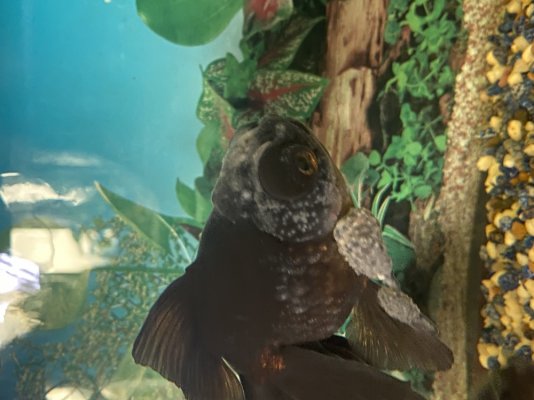 2711AAE1-3C5F-4C9F-9FCC-4F915F817B06.jpg223.8 KB · Views: 20
2711AAE1-3C5F-4C9F-9FCC-4F915F817B06.jpg223.8 KB · Views: 20 -
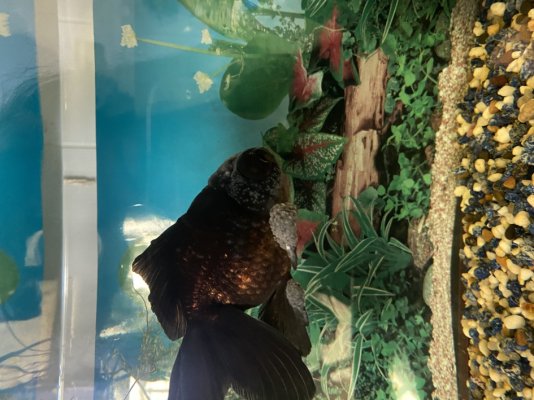 1662002F-5B60-4C3B-A559-46A7D5FAD51B.jpg255.8 KB · Views: 13
1662002F-5B60-4C3B-A559-46A7D5FAD51B.jpg255.8 KB · Views: 13 -
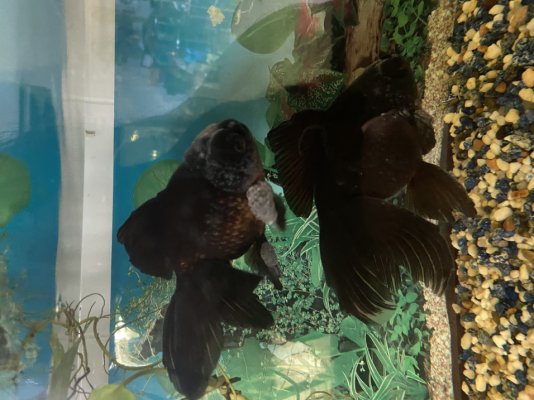 C2EE6FBE-5B50-40BA-97D0-BB66311AFC77.jpg253.5 KB · Views: 19
C2EE6FBE-5B50-40BA-97D0-BB66311AFC77.jpg253.5 KB · Views: 19 -
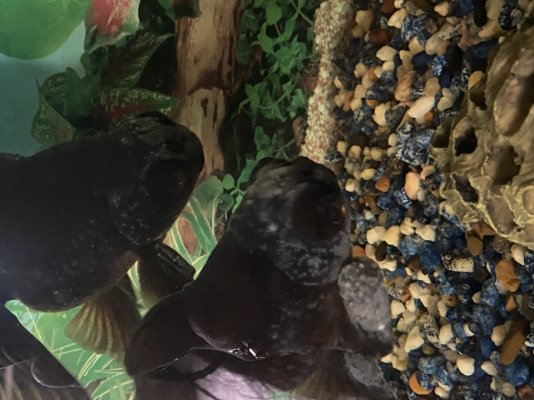 D61B1E35-C091-416D-AD32-4603F0A2EAAD.jpg252 KB · Views: 16
D61B1E35-C091-416D-AD32-4603F0A2EAAD.jpg252 KB · Views: 16 -
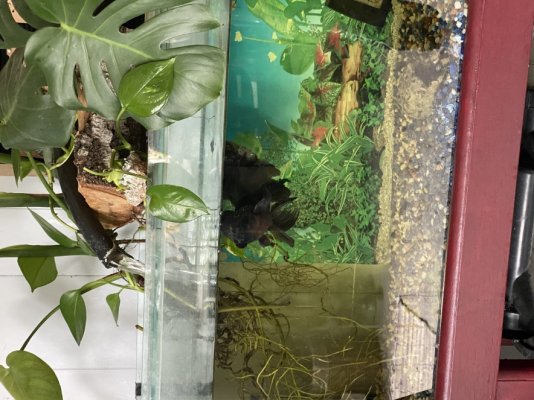 ADA180B9-FE00-4E72-910D-973171D719F3.jpg259.8 KB · Views: 13
ADA180B9-FE00-4E72-910D-973171D719F3.jpg259.8 KB · Views: 13
Last edited by a moderator:
